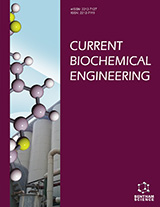Abstract
Quantitative risk analysis encompasses different types of methods to be applied during risk assessment. These include Fault Tree Analysis, Event Tree Analysis, Bow Tie, Safety Integrity Level, and Consequence and Effect Analysis. These methods are principally applied in situations where the level of risk is defined as intolerable by the application of qualitative methods. A quantitative approach is, therefore, required, in order to predict precisely the frequency of hazard occurrence, as well as the consequence and effect of accidents. So that the level of risk can be confirmed, and decisions that will mitigate such intolerable levels of risk to a tolerable level can be taken. Those quantitative methods are based on mathematical constructs such as Bayes theory, statistics, and engineering reliability concepts that are applied to equipment with safety functions. Despite the successful achievements obtained by applying such methods, improvement is still necessary in order that more realistic results in risk assessment can be achieved. Indeed, in many cases, the quantitative risk analysis methods are not fully applied to new projects or to real operational situations due to alleged lack of time and information. This chapter aims to describe the best quantitative risk analysis methods with examples, in order to clarify the advantages of applying such methods in the risk management process.
Keywords: Risk, ISO-Risk, Societal Risk, Fault Tree Analysis, Event Tree Analysis, Bow Tie Analysis.






















